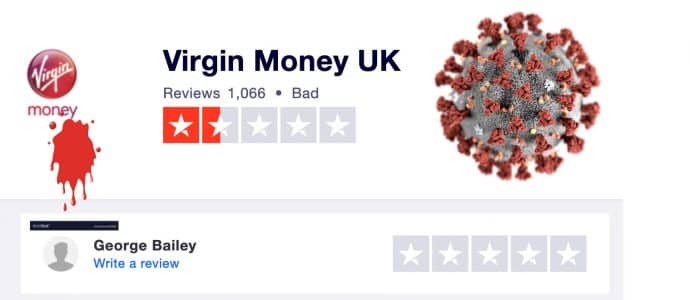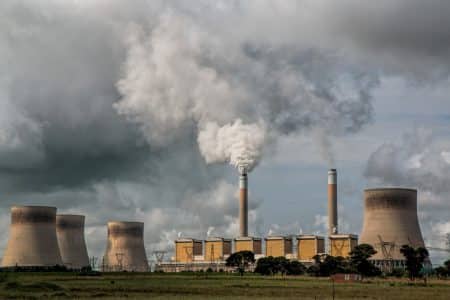5 Fascinating Facts About Ai Weiwei’s New York Show on Refugee Camps - Dispatch Weekly
November 9, 2016 - Reading time: 7 minutes

Ai Weiwei’s exhibition entitled ‘laundromat’, which focuses on the refugee crisis, opened on November 5 at New York’s Deitch Projects in SoHo.
Known for his political activism, Ai Weiwei has been openly critical of the Chinese Government and human rights abuses that they have committed.
In 2011, he was held for 80 days after being arrested at Beijing Capital International Airport for his “economic crimes.”
#1 Ai Weiwei has Visited More than 20 Refugee Camps

Since receiving his passport back in July 2015, the artist has visited more than 20 camps, from the Middle East, Africa and Europe, examining and coming to grips with the complexities of politics and immigration.
Ai Weiwei has four exhibitions opening in New York, showing his ‘Ai Weiwei 2016: Roots and Branches’ show, with two in the Mary Boone Gallery (Chelsea and Fifth Avenue) and Lisson New York. The spaces showcase sculptures and symbols of displacement.
His father, Ai Quing, was a Chinese poet and spent 20 years in labor camps due to his activist background. His family’s past is clearly a major influence for the artist to push boundaries, investigating and examining the status quo.
#2 Collecting what Refugees Left Behind at the Greek-Macedonian Border

Ai Weiwei gathered what refugees left behind at the Greek-Macedonian border, which mostly consisted of clothing and shoes.
He carefully washed all the clothes, blankets and shoes in his Berlin studio, ironing them, scraping off any mud or dirty residues.
The exhibition meticulously displays rows and collections of the 2,046 cleaned off items on hangers and racks, along with photos of his documentation of the refugee camps.
There is also a short documentary about the forced evacuation of the Idomeni refugee camp.
The contemporary artist told New York Times that clothes act as a reminder of “daily life,” and “It’s human struggle.”
#3 Mimicking the Image of a Drowned Three-Year-Old Syrian Child

During the Brooklyn Museum opening, artist and interviewer Tania Bruguera mentioned Ai Weiwei’s artistic stunt of mimicking a drowned three-year-old Syrian child on a beach, which was widely criticized by the media.
In the photo, the artist is seen laid face-down on a beach off Greek island Lesbos, copying the disturbing photo of Alan Kurdi, the three year old child that summed up the horror and dehumanization of the refugee crisis, in 2015.
When asked about the photo he said, “I raise questions, I put myself into those questions, and if I care like everyone else, I would have never become an artist.”
He said he doesn’t care about his critics.
#4 Awarded Ambassador of Conscience Award by Amnesty International

The exhibitions bring to mind the 3,800 refugees who died in the Mediterranean this year, which he is committed to highlighting.
Being uprooted is a topic which affected him when his family was exiled from Beijing to a distant labor camp due to his father’s activist background.
His passport was also given back to him in 2015 when he moved to Berlin. Soon after he met refugees living there.
He has recorded over 1,000 hours of footage and hopes to release a documentary next year, which includes interviews of over 100 politicians.
#5 The Refugee Crisis Which Continues
The activist and artist methodically cleaned the refugees’ clothes to show how cleanliness is basic to human dignity and decency.
He told The New York Times, “I grew up in a similar condition. I would wear a shoe worn by my brother. It was often too big, but I would wear it. It’s better than no shoes. My father used his ties as a belt because he didn’t have a belt.”
“When he was doing hard labor in the winter, he would open up the tie to wrap on his feet because he had no socks and they were so cold.”
According to MercyCorps, about 11 million Syrians are on the run, including some 4.8 million who have been forced to seek safety in neighboring countries.
Inside Syria, more than 6.1 million people are displaced and 13.5 million are still in need of humanitarian assistance.
Do you think Ai Weiwei’s exhibition on the refugee crisis will do anything to change the perception on the immigration crisis?

DW Staff
David Lintott is the Editor-in-Chief, leading our team of talented freelance journalists. He specializes in covering culture, sport, and society. Originally from the decaying seaside town of Eastbourne, he attributes his insightful world-weariness to his roots in this unique setting.




